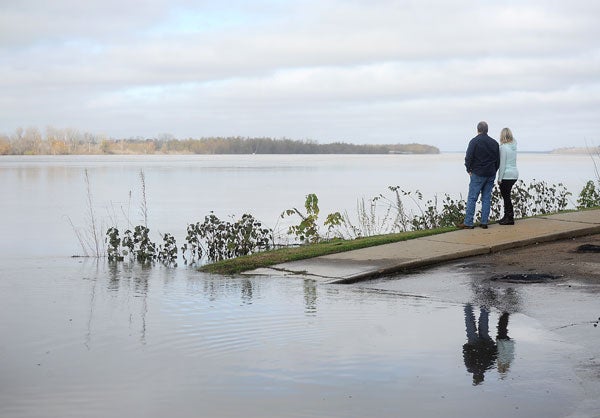New report gives Mississippi River ‘D’ grade for water quality
Published 5:18 pm Monday, December 21, 2020
The water quality of the Mississippi River has gotten worse over the last five years, primarily from chemical runoff from Midwest farmers, a new report showed.
The report from the America’s Watershed Initiative measured a number of factors including water quality, flood control, supply and trasnportation.
Overall, the Mississippi River watershed earned a C- grade. That’s an improvement from the 2015 D+ the river earned.
The water quality grade, however, was not as positive. The grade was a D.
“The challenges facing the waters and lands in America’s Watershed are large, growing and demand urgent action,” said Dr. Larry Weber, Chair of AWI’s Report Card Committee. “Progress will require smart investments in scientific information to improve decision-making and coordinated on-the-ground implementation. Only by working together and seeking collaborative solutions will we make meaningful and sustained progress to meet these many challenges and change this trajectory.”
The Mississippi River watershed covers more than 41 percent of the continental United States and 31 states.
“We would be alarmed if we were given a diagnosis by a physician without standard data like vital signs and blood work,” Kimberly Lutz, Executive Director of America’s Watershed Initiative. said. “Similarly, our nation is taking on greater risk by not investing in the monitoring and information systems that provide us guidance on the health of this watershed, which is vital to our lives and livelihoods. Real progress can be made toward a sustainable Mississippi River system that provides opportunity and potential for all its residents, but only if we have the information we need and act together, with urgency.”
High nutrient loads from wastewater, run-off, fertilizer, and livestock manure can create water treatment concerns and cause the growth of harmful algae that eventually reduces dissolved oxygen in the Gulf of Mexico. A
nnual nutrient loads at key locations in each basin have been steady or have gone up over the last five years, resulting in poor Water Quality scores in the 2020 Report Card.






